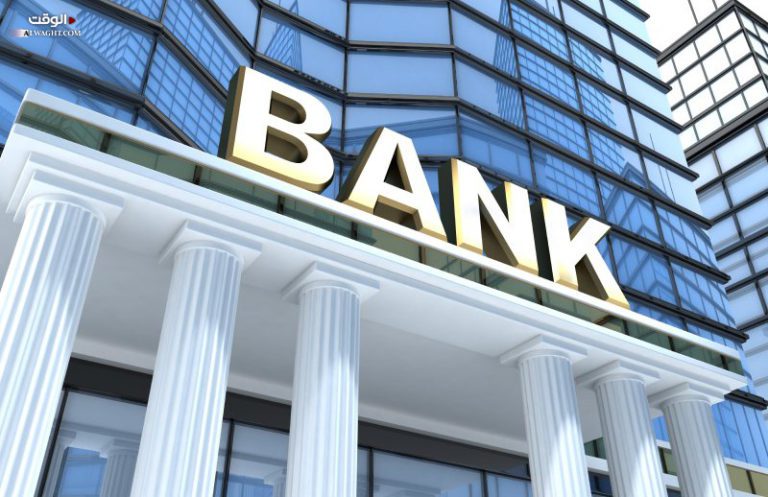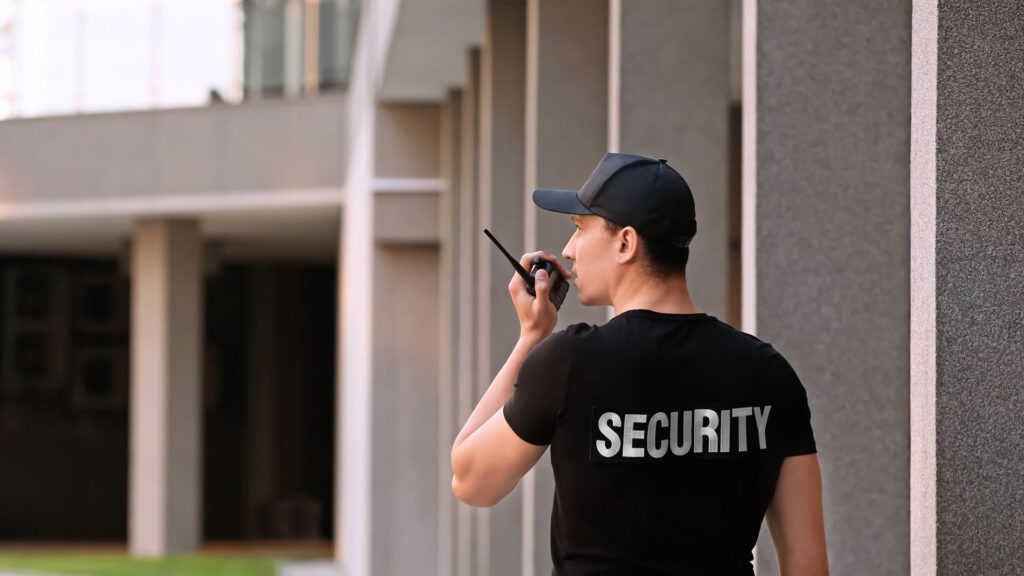Bank and banking security
Bank and Financial Institution Security
Banks and financial institutions are among the most critical establishments in need of a comprehensive security plan that implements an integrated security system. They are constantly targeted for theft and vandalism.
Bank and Financial Institution Security
To ensure the highest levels of security, all necessary measures and precautions must be taken to protect the bank from any threats, such as sabotage, destruction, or public attacks.
Contrary to popular belief, banks are not entirely closed during official holidays and other off days. In fact, work continues inside the bank, and during holidays, the role of security personnel is even more crucial. Security measures are heightened at bank branches and ATMs around the clock. This includes security personnel from official agencies, in addition to private security guards assigned to protect the facility.
The bank’s security system is based on utilizing and leveraging advanced technological tools, primarily surveillance cameras, electronic gates, and a strict inspection system.
The Role of Security Guards in Case of a Threat
- When a threat arises, the duties of a security guard include:
1. Providing early warning of any potential attack to avoid surprises.
2. Installing floodlights around the building.
3. Regularly checking the functionality of surveillance cameras and ensuring daily recordings.
4. Being able to resist any attack or theft by following tactical security procedures.
5. Verifying and monitoring security procedures for visitors and ensuring they do not enter unauthorized areas.
6. Regularly patrolling and monitoring the surrounding area (the bank building and its facilities).
7. Avoiding a fixed routine.
8. Not responding to inquiries or providing any information about the bank’s facilities or staff to strangers.
Duties and Responsibilities of the Security Unit
- 1. Monitoring all security aspects and not tolerating any mistakes.
2. Ensuring that security responsibility is shared by everyone, including employees and branch managers.
3. Keeping track of changing security procedures and ensuring the proper implementation of permanent security orders.
4. Enforcing the bank’s established security policy and ensuring that security personnel follow it.
5. Overseeing the security policy within the bank, including all measures and arrangements.
6. Securing the transport of funds, which includes the following responsibilities:
Responsibilities in Securing Money Transport
- 1. Providing an armored cash transport vehicle (bulletproof) and bulletproof vests.
2. Providing a remote monitoring vehicle for rapid intervention.
3. Ensuring quick communication devices between the two vehicles.
4. Supplying personnel (drivers and guards).
5. Preparing primary and alternative plans for securing the transport of funds, including:
– Using multiple routes during transportation to break daily routines and utilizing side mirrors to detect any surveillance.
– Avoiding crowded or suspicious areas as much as possible.
– Training security teams in physical fitness and providing them with karate or kung fu courses.
– Carefully selecting security personnel and subjecting them to medical tests and addressing their social and psychological issues to prevent potential breaches. It’s important to note that the largest vulnerability that thieves or suspicious parties might exploit could come from family, friends, acquaintances, or neighbors.
– Not disclosing the movement of the cash transport vehicle over the phone or in front of anyone, and using tactical maneuvers instead.
For more videos, you can check all the articles.



